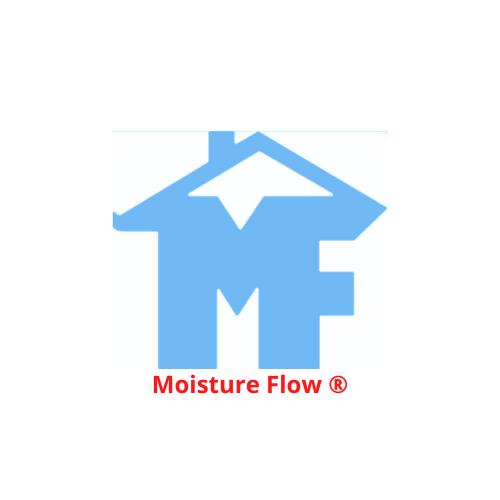
So what are the benefits of installing Soffit Vents, and namely soffit vent exhaust fans?
Attic ventilation fans help cool your attic by pushing out the stifling hot air from inside the attic and bringing in cool air from outside. This prevents hot air from seeping into one’s home and driving up the temperature in the living space, which reduces the load on your air conditioner.
Most homes already have some passive attic venting built-in. Cool air enters the attic through soffit vents in the eaves.
Once inside, the air heats up and rises higher, ultimately exiting through venting at the roof’s gables, through ridge vents cut into the roof’s apex, or other vent holes in the roof.
As the air leaves, it creates negative pressure behind it, sucking in cool air from below into the soffits and creating a self-repeating ventilation process.
Even if your roof already has ridge vents and plenty of ventilation built-in, it’s a good idea to install gable fans or roof fans to help blow hot, humid air out of the attic.
Attic ventilation fans or soffit vent exhaust fans also tend to be quite energy-efficient in terms of their own operation.
Gable fans fit into the gable vent and can be set to operate only within a preset temperature range.
Many are solar-powered and require no other wiring, so they don’t cause any additional charges on your electricity bill at all.
According to the Home Ventilating Institute (HVI), powered attic ventilators need to move a minimum of 700 cubic feet per minute (cfm) for 1,000 sq. ft of attic space (for example, 20’ x 50’) to be effective.
Ideally, there should also be plenty of soffit vent intake space- their calculations recommend 336 net square inches of open soffit ventilation to supply 700 cfm. HVI recommends a ratio of 60 to 40 for soffit ventilation to gable or ridge ventilation.
Soffit Vent exhaust fans could be effective if one’s home has:
- Attic insulation that is less than R-19.
- An attic floor that is thoroughly air sealed.
- Bountiful eave soffit ventilation space.
- HVAC equipment in the attic is well-insulated and sealed.
On the flip side, if one’s insulation levels are that low, one would probably see more bang for the buck by beefing up the insulation instead, which will have the double benefit of lowering one’s winter heating bills, too.
The soffit vent exhaust fans could play a useful role as a quick, temporary intervention to keep cooling costs down in the summer, but in the long run, they seldom prove to be the most pragmatic or effective solution for lowering energy bills year-round and improving energy efficiency.
Learn more about Soffit Vent exhaust fans and the Soffit Vent System by Moisture Flow® today!
Media Contact
Company Name: Moisture Flow®
Contact Person: Richard Schofel, Founder
Email: Send Email
Phone: 732-791-3551
City: West Long Branch
State: New Jersey
Country: United States
Website: moistureflow.com/the-soffit-vent-system/
